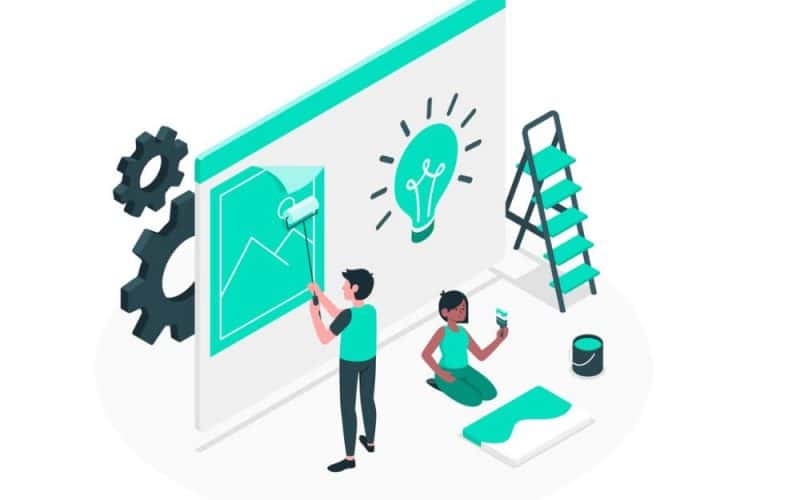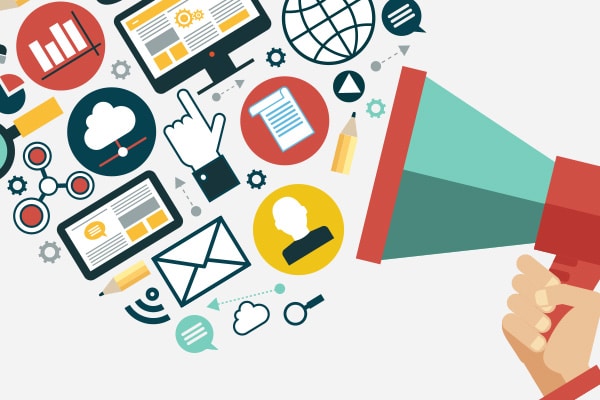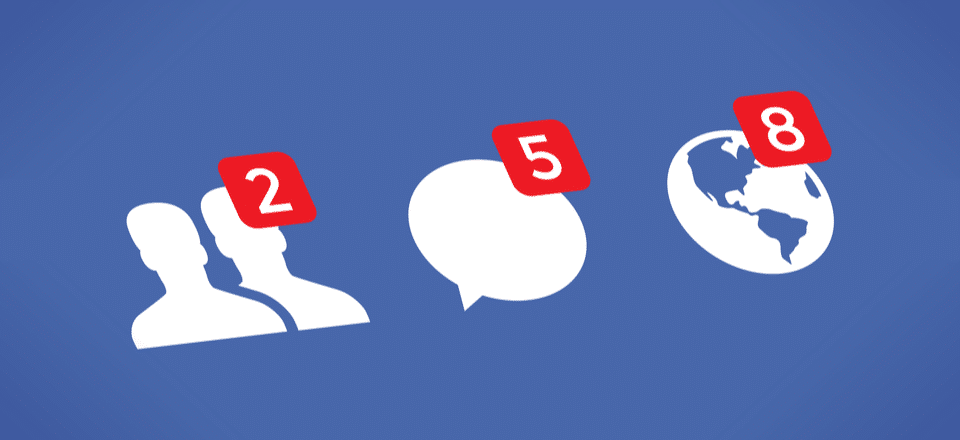Whether you are delivering a brand-new offering or enhancing an existing product, the product development cycle begins long before anything gets built. Traditionally, product development was equated with the build phase of the product lifecycle. For teams following strict waterfall processes, requirements were defined upfront and implemented in sequential phases. However, I’ve found, through research, that most product teams now embrace a more iterative approach based on agile methodologies. This includes incorporating customer feedback early, releasing work incrementally, and embracing change.
Methodologies aside, product development today is about much more than “how” a product is built. It is the “why,” “what,” and “when” — involving cross-functional work from product management and engineering to product marketing. Your goal is to work together to build, launch, and refine a product that customers love.
If that is what you want, then congratulations; you have come to the right place. Buckle up as I lead you on a journey into the world of product development.
Key points
- Product development is the creation and launch of products to meet customer needs. It is used for new product development (NPD) and the improvement of existing products.
- The product development process includes stages such as ideation, marketing strategy and commercialization.
- A product development plan is important as it aligns the team, creates checkpoints, eliminates risks, contains success metrics and enhances creativity.
- You can also use technologies like AI, cloud technology, automation and analysis to speed up the product development life cycle.
- To ensure the success of product development, I recommend that companies should adopt certain best practices to guide their efforts.
What is Product Development?
Product development is the process of strategizing, brainstorming, planning, building, and releasing a product to market and then measuring its success. It encompasses taking a product idea from concept to delivery and beyond — so you can grow your business and make customers happy. It is a series of steps that includes the conceptualization, design, development, and marketing of newly created or newly rebranded goods or services.
Simply put, product development includes a product’s entire journey, from the initial idea to its market release.
The objective of product development from a business standpoint is to cultivate, maintain, and increase a company’s market share by satisfying consumer demand. From a customer standpoint, it is to ensure value in the product as a quality good or service. Not every product will appeal to every customer or client base, so defining the target market for a product is a critical step that must take place early in the product development process. Organizations should conduct quantitative market research at all phases of the design process, including before the product or service is conceived, while the product is being designed, and after the product has been launched.
And while they sound almost identical, there’s an important difference between product development and product management. Product development describes the process of building a product, while product management oversees that process. It’s a slight difference, but an important distinction. A product manager, who often oversees the product development team, will lead product management.
You should check out the articles below for more insight:
- HOW TO BECOME PRODUCT MANAGER: The Complete Guide
- The Future of Product Lifecycle Management: Top PLM Trends Shaping 2024
- PRODUCT DESIGNER: What They Do and How to Become One
Stages of Product Development
Also known as the product development life cycle, this involves moving a product from the idea stage to making it market-ready. However, there is no fixed number of stages or definitions; these vary depending on the source you consult or what template you follow. For example, marketing professor Philip Kotler, in his acclaimed book Marketing Management, lists eight stages of the new product development process. Other sources count as few as four and as many as nine.
Here, I will compress all of these stages into six critical steps that are guaranteed to help you successfully launch your next product. These include:
- Idea generation
- Product definition
- Prototyping
- Initial design
- Validation and testing
- Commercialization
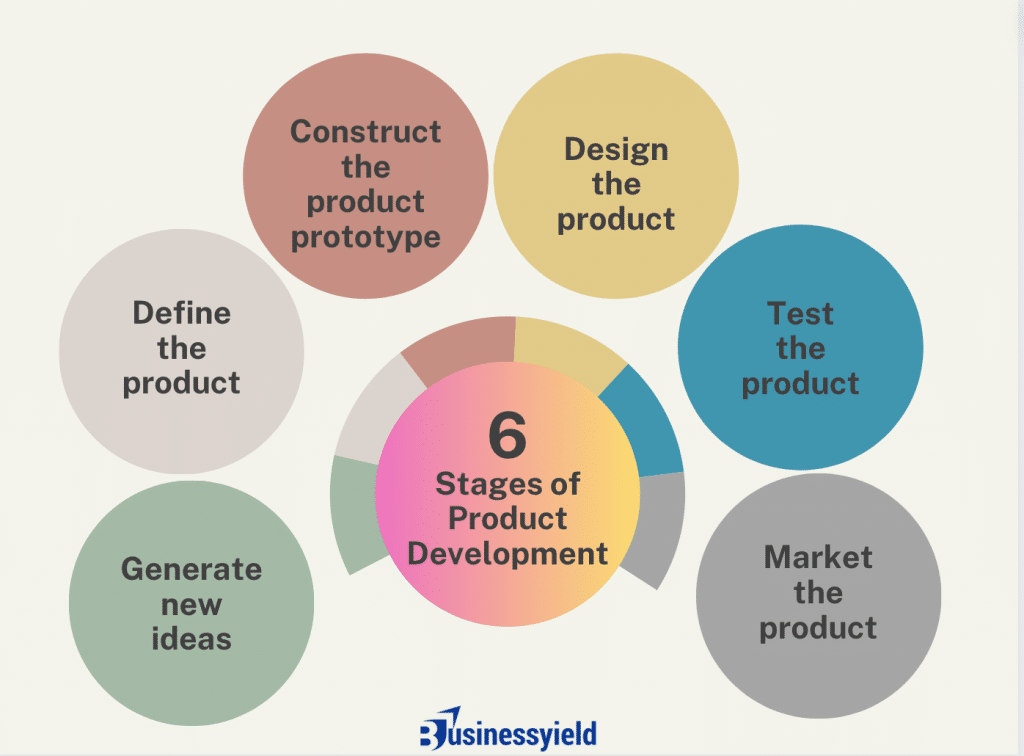
Note: The development process and stages a product development team will undertake are often delineated in a product development plan known as a product roadmap.
#1. Idea generation (Ideation)

The product development process begins by generating new product ideas. This is the product innovation stage, where you brainstorm product concepts based on customer needs, concept testing, and market research.
I recommend considering the following factors when initiating a new product concept:
- Existing products. When you have a new product concept, it’s a good idea to evaluate your existing product portfolio. Are there existing products that solve a similar problem? Or does a competitor offer a product that doesn’t allow for market share? And if yes, is your new concept different enough to be viable? Answering these questions can ensure the success of your new concept.
- Functionality. While you don’t need a detailed report of the product’s functionality just yet, you should have a general idea of what functions it will serve. Consider the look and feel of your product and why someone would be interested in purchasing it.
- Target market. Your target market is the consumer profile you’re building your product for. These are your potential customers. This is important to identify in the beginning so you can build your product concept around your target market from the start.
- SWOT analysis. Analyzing your product’s strengths, weaknesses, opportunities, and threats early in the process can help you build the best version of your new concept. This will ensure your product is different from competitors and solve a market gap.
- SCAMPER method: To refine your idea, use brainstorming methods like SCAMPER. This involves substituting, combining, adapting, modifying, putting to another use, eliminating, or rearranging your product concept.
I also recommend documenting ideas in the form of a business case to help validate a product concept. This will allow all team members to have a clear understanding of the initial product features and the objectives of the new product launch.
#2. Product definition

Once you’ve completed the business case and discussed your target market and product functionality, it’s time to define the product. This is also referred to as scoping or concept development and focuses on refining the product strategy.
During this stage, it’s important to define specifics, including:
- Business analysis: A business analysis consists of mapping out a distribution strategy, an e-commerce strategy, and a more in-depth competitor analysis. This will help you begin building a clearly defined product roadmap.
- Value proposition. The value proposition is the problem the product is solving. Consider how it differs from other products on the market. This value can be useful for market research and for developing your marketing strategy.
- Success metrics. It’s essential to clarify success metrics early so you can evaluate and measure success once the product is launched. Are there key metrics you want to look out for? These could be basic KPIs like average order value, or something more specific like custom set goals relevant to your organization.
- Marketing strategy. Once you’ve identified your value proposition and success metrics, begin brainstorming a marketing strategy that fits your needs. Consider which channels you want to promote your product on—such as social media or a blog post. While this strategy may need to be revised depending on the finished product, it’s a good idea to think about this when defining your product and begin planning ahead of time.
Once you have defined these ideas, you can start building your minimum viable product (MVP) with initial prototyping.
SEE: Value Proposition Examples That Made A Difference (The Blueprint For Success)
#3. Prototyping

This stage is where your team will intensively research and document the product by creating a more detailed business plan and constructing the product. The early-stage prototypes might be as simple as a drawing or a more complex computer render of the initial design. However, they will help you identify areas of risk before you create the product.
During the prototyping phase, you will work on specifics like:
- Feasibility analysis. This helps determine if the workload and estimated timeline are possible to achieve. If not, adjust your dates accordingly and request help from additional stakeholders.
- Market risk research. It’s important to analyze any potential risks associated with the production of your product before it’s physically created. This will prevent the product launch from being derailed later on. It will also ensure you communicate risks to the team by documenting them in a risk register.
- Development strategy. Next, you can begin working through your development plan. In other words, know how you’ll be assigning tasks and the timeline of these tasks. One way you can plan tasks and estimate timelines is by using the critical path method.
- MVP. The outcome of the prototyping stage is a minimum viable product. Think of it as a product that has the features necessary to launch with and nothing above what’s necessary for it to function. For example, an MVP bike would include a frame, wheels, and a seat, but wouldn’t contain a basket or bell. Creating an MVP can help your team execute the product launch quicker than building all the desired features, which can drag launch timelines out. Desired features can be added down the road when bandwidth is available.
Once you have completed this, it is time to begin designing the product for market launch.
#4. Initial design

During the initial design phase, project stakeholders work together to produce a mockup of the product based on the MVP prototype. The design should be created with the target audience in mind and complement the key functions of your product.
A successful product design may take several iterations to get right and may involve communicating with distributors to source the necessary materials.
To produce the initial design, you will:
- Source materials. Sourcing materials plays an important role in designing the initial mockup. This may entail working with various vendors, ordering materials, or creating your own. Since materials can come from various places, you should document material use in a shared space to reference later if needed.
- Connect with stakeholders. It’s important to maintain tight communication during the design phase to verify your initial design is on the right track. Share weekly or daily progress reports to share updates and get approvals as needed.
- Receive initial feedback. When the design is complete, ask senior management and project stakeholders for initial feedback. You can then revise the product design as needed until the final design is ready to be developed and implemented.
Once the design is approved and ready to be handed off, you can move on to the validation phase for final testing before launching the product.
#5. Validation and testing
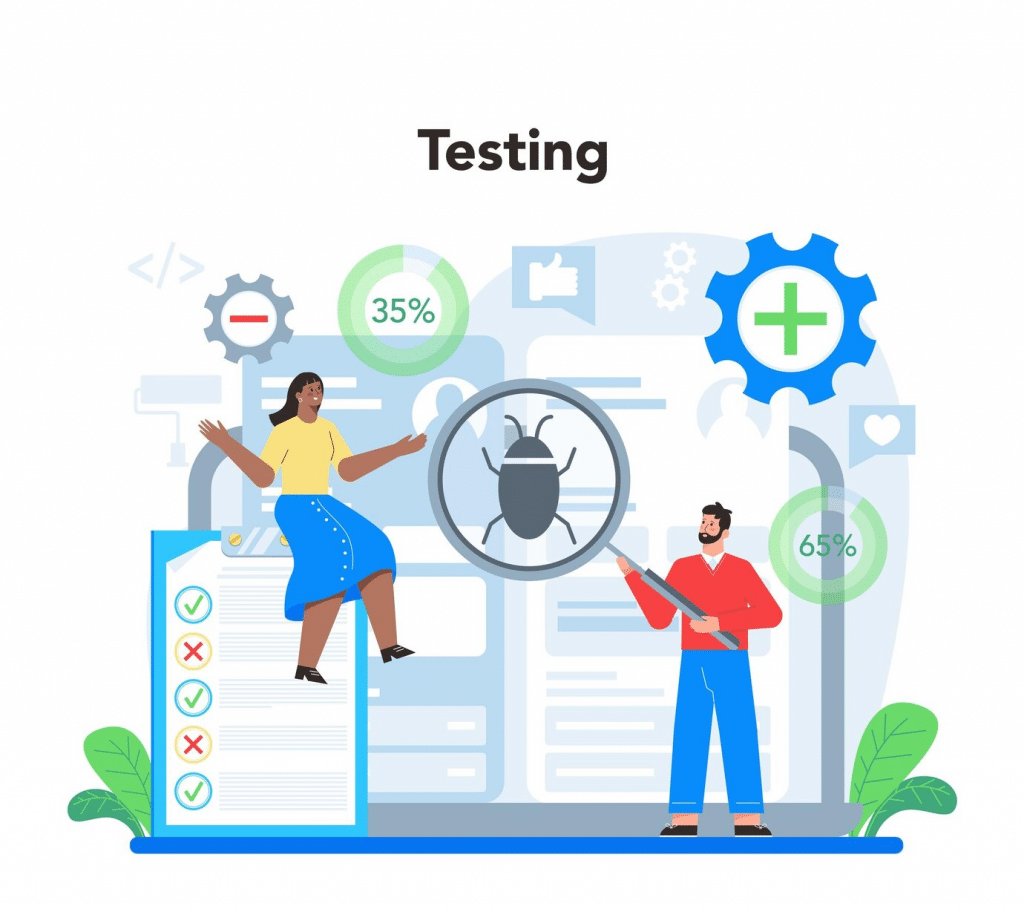
Before you go live with a new product, you must first validate and test it. This ensures that every part of the product—from development to marketing—is working effectively before it is released to the public.
To ensure the quality of your product, complete the following:
- Concept development and testing. You may have successfully designed your prototype, but you’ll still need to work through any issues that arise while developing the concept. This could involve software development or the physical production of the initial prototype. Test functionality by enlisting the help of team members and beta testers to quality assure the development.
- Front-end testing. During this stage, test the front-end functionality for risks with development code or consumer-facing errors. This includes checking the e-commerce functionality and ensuring it’s stable for launch.
- Test marketing. Before you begin producing your final product, test your marketing plan for functionality and errors. This is also a time to ensure that all campaigns are set up correctly and ready to launch.
Once your initial testing is complete, you’re ready to begin producing the final product concept and launching it to your customer base.
#6. Commercialization

At this stage, you’ve finalized the design and quality-tested your development and marketing strategy. This means it is time to commercialize your concept; which involves launching the product and implementing it on your preferred marketing channel.
In this stage, you should be working on:
- Product development. This is the physical creation of your product that will be released to your customers. This may require production or additional development for software concepts. Give your team the final prototype and MVP iterations to produce the product to the correct specifications.
- E-commerce implementation. Once the product has been developed and you’re ready to launch, your development team will transition your e-commerce materials to a live state. This may require additional testing to ensure your live product is functioning as it was intended during the previous front-end testing phase.
Your final product is now launched. All that’s left is to measure success with the initial success metrics you landed on.
I recommend the following articles below to help you streamline the commercialization process:
- Digital Marketing Strategy: The Ultimate 2024 Digital Marketing Playbook
- The Definitive Guide To 2024’s Content Marketing Strategies: Master The Art, Crush The Competition
- Top 88 Marketing Tools & Expert Tips for 2024: A Guide to Digital Dominance
Creating a Product Development Plan
A product development plan (or product development strategy) is the methodology that a business will use to guide its product development. It is a detailed plan with milestones and checkpoints that keeps a multi-disciplinary team on track and heading toward the same goal until product launch.
In any company, whether an early-stage business or an established corporation, product development unites every department, including design, engineering, manufacturing, product marketing, UI/UX, and more. Each group within the product development team plays an essential part in the process of defining, designing, building, testing, and delivering the product. The product development lifecycle’s complexities make product management more important.
Before starting any stage of product development, put your plan on paper. Ask:
- How long do we need?
- What are the deadlines?
- How often will we meet?
- What are our goals?
I have taken the liberty of creating a checklist for a product development plan that you can use to give your product every advantage that it needs.
BusinessYield Product Development Plan
A product development plan is a critical stage in the process for the following reasons:
- It aligns the team. Having everyone on the same page from the get-go ensures that team members can have autonomy and move quickly toward the same end product.
- It creates checkpoints. Your plan should have a meeting cadence and goals to reach at each stage. This allows the team to come together periodically to stay on track.
- It eliminates risk. Having a plan in place that accounts for all competitive research, market research, and target audience research means you’ll leave no stone unturned.
- It contains success metrics. How do you know if your process is successful? Your plan sets out exactly what success looks like and how it will be measured.
- It lets you get more creative. With guardrails in place, you don’t need to micromanage the process. The teams will have clear guidelines to innovate within.
I recommend the article below to help you understand better how to develop business plans.
What are some common early-stage product development frameworks?
Let’s take a moment to step back and imagine that your organization is just embarking on the product development process. There are several different frameworks that product teams can follow to get started. Most of them advocate understanding customer needs, conducting market research, prototyping, and testing ideas before fully investing in product development.
And while you should note that the specifics will vary based on what you are building, below are some common early-stage product development frameworks.
Design thinking
Design thinking is a framework for design and innovation. It includes cognitive, strategic, and functional processes for developing new concepts. The table below shows the fundamental steps behind design thinking.
| Empathize | Understand the user and what their needs are |
| Define | Frame the problem in user and human-centered ways |
| Ideate | Gather feedback and create ideas |
| Prototype | Frame the problem in user and human-centred ways |
| Test | Determine what works and identify any issues |
Front-end innovation
Front-end innovation represents the beginning stages of the product development process. It should not be confused with the user interface, which is often referred to as the “front end” as well. Front-end innovation is used for scoping out the concept of a product and determining whether or not to invest further time and resources. There is no universally accepted definition or dominant framework but you can see common components below.
| Strategic planning | Establish company and product vision |
| Idea selection and analysis | Conceptualize and understand product feasibility |
| Product definition | Build a business case and gather requirements |
New product development (NPD)
NPD is the process of taking a product from concept to market availability. It can apply to developing a new product as well as improving an established product.
| Idea generation | Brainstorm ideas internally and gather ideas externally from customers |
| Idea screening | Analyze and prioritize ideas |
| Concept testing | Turn an idea into a defined concept |
| Market strategy and business analysis | Determine the cost and potential profit |
| Technical product design and development | Design and develop the product |
| Market testing | Perform beta testing or a trial run of the product |
| Commercialization | Complete a comprehensive go-to-market launch and introduce the product to the market |
5 key technologies that can speed up your product development life cycle
Aside from making sure that your product designs are market-ready, employing the right technologies can speed up your product development life cycle and is therefore also of utmost importance.
If you are at a loss at what these technologies could be, here are five innovations I suggest you consider investing in:
Artificial intelligence
AI can be used not only to eliminate the obstacles that may hinder the launch of new products but also to enable new frameworks that reduce time to market.
One brand that has been showcasing the impeccable application of AI in product development is Nissan. Nissan’s DriveSpark uses AI to fast-track new vehicle designs. Since its launch in 2016, the program has been able to streamline and accelerate new product development while ensuring that compliance and regulatory requirements are met.
Their intelligent use of AI has also allowed them to trim weeks off new vehicle development schedules.
The articles below can help you if you want to know more about AI and its applications:
- ARTIFICIAL INTELLIGENCE: What Is It & How Does It Work?
- AI Marketing: Top 30+ Artificial Intelligence Marketing Tools
- DANGERS OF AI: What Are the Risks of Artificial Intelligence (AI)?
Cloud technology
There are many ways cloud technology can hasten product development.
One of which is by making platforms, frameworks, and backend services available under the cloud umbrella. Thanks to this feature, developers no longer need to spend so much time focusing on getting these in place before working.
Cloud technology’s ability to increase scalability can also make it hassle-free for developers to make updates and releases without having to worry about additional infrastructure investments or computing resources.
This highly disruptive technology allows developers to collaborate in real-time in a distributed environment.
Templates
One of the most headache-inducing steps to creating a product is layering the design for every single feature a product should have. This is where project templates can come in handy.
For instance, in the production of PCBs, the use of templates can make it easier for developers to view connectivity and the overall work breakdown structure. These benefits will help enhance design efficiency and eliminate the varied intricacies associated with multi-sheet design.
Over time, templates can also make updates and design standardization easier.
Automation
Before modern technologies started seeping into product development, the process that reigned supreme was the waterfall method, where each phase is completed before the next begins. Thanks to the integration of automation into agile methodologies, phases can now be done simultaneously to shorten development cycles. For instance, due to agile test automation, engineers can now implement testing at every phase of the product development life cycle.
This allows developers to spot and address defects early on, all while reducing the cost and effort needed to come up with a market-ready product.
Analytics
According to Monty G. Myers of Eureka Software, Inc., the primary role of analytics in product development is guiding product improvement. With analytics, product teams would be able to verify product concepts and arrive at informed decisions at a much faster pace. The insights provided by analytics can also help create an accurate product roadmap and allow existing products to stay viable for an extended period of time.
When quantitative analytics is used in conjunction with qualitative techniques, it also takes developers a shorter time to make focused improvements and adjustments that will help maintain the product’s value and improve its longevity.
Product development best practices
Product development is complex; an introductory guide surely cannot capture all of its intricacies. At a high level, here are some best practices I recommend keeping in mind as you chart your course:
Define clear goals and objectives
Defining clear goals and objectives is an essential component of effective product development. Companies with well-defined goals and objectives can better prioritize their efforts and allocate resources to achieve their desired outcomes.
Here are some key points to consider when defining clear goals and objectives for product development:
- Set specific, measurable goals: Companies should set clear goals for their product development process. It includes defining what the product will do, how it will benefit the customer, and what the company hopes to achieve by launching the product.
- Determine the target market: Companies should determine the target market for their product. This information will help inform the product development process and ensure that the product meets the target market’s needs.
- Establish a timeline: Companies should establish a timeline for the product development process. It includes setting deadlines for key milestones and determining how much time will be needed to complete each stage of the process.
- Identify resources: Companies should identify the resources they will need to develop the product, including funding, personnel, and equipment. This information will help to inform the product development process and ensure that the company has the resources it needs to achieve its goals.
- Monitor progress: Companies should monitor their progress against the goals and objectives they have set. It includes tracking key metrics, such as product sales and customer feedback, and making necessary changes to ensure that the product meets the target market’s needs.
Conduct market research and customer analysis
Conducting market research and customer analysis are critical components of effective product development. This information helps companies understand the needs and wants of their target customers, allowing them to design products tailored to those needs.
Here are some key points to consider when conducting market research and customer analysis for product development:
- Define the target market. Companies should clearly define their target market, including information about their age, income, location, and purchasing habits. This information will help inform the product development process and ensure that the product meets the target market’s needs.
- Conduct surveys and focus groups. Companies should conduct surveys and focus groups to gather information about their target market. It can include online surveys, phone surveys, or in-person focus groups. The information collected from these research methods can provide valuable insights into customer needs and preferences.
- Analyze competitors. Companies should analyze their competitors to understand their strengths and weaknesses and identify opportunities in the market. This information can be used to inform the product development process and ensure that the product is differentiated from competitors.
- Review sales data. Companies should review their sales data to understand which products sell well and why. This information can help inform the product development process and ensure that the company makes informed decisions about which products to develop.
- Stay up-to-date on industry trends. Companies should stay up-to-date on industry trends and market conditions. This information can be used to inform the product development process and ensure that the company is making decisions that are in line with the current market conditions.
Embrace a continuous improvement mindset
Product development is not a one-time process but rather an ongoing effort to continuously improve the product and make it the best it can be. Companies must embrace a continuous improvement mindset, which means being open to feedback, making changes based on customer feedback and market data, and refining the product.
Here are some key points to embrace a continuous improvement mindset in product development:
- Focus on the customer. Companies that embrace a continuous improvement mindset focus on the needs and wants of their target customers. They understand that customer needs are constantly changing and that their products must evolve to meet those needs.
- Encourage feedback. Companies that embrace a continuous improvement mindset encourage feedback from their target customers. This feedback is used to inform the development process and refine the product over time.
- Continuously evaluate the product. Companies that embrace a continuous improvement mindset continuously evaluate their products to identify areas for improvement. This allows them to make changes that align with their target customers’ needs.
- Be open to change. Companies that embrace a continuous improvement mindset are open to change and are not afraid to try new approaches. This mindset helps them to be more flexible and adaptable in the face of change.
- Empower teams. Companies embracing a continuous improvement mindset empower their teams to drive change and improve. They provide their teams with the resources and support they need to be successful and encourage them to take ownership of the product development process.
Foster a culture of collaboration and communication
Collaboration and communication are key components of effective product development. Teams must work together and communicate effectively to ensure everyone is aligned and working towards a common goal. This includes cross-functional teams, such as engineering, design, and marketing, who need to work together to bring the product to market.
Here are some key points to foster a culture of collaboration and communication in product development:
- Encourage open communication. Companies should encourage open communication between different teams and individuals involved in the product development process. This includes regular meetings, updates, and opportunities for team members to share their ideas and feedback.
- Foster teamwork. Companies should foster teamwork and collaboration among different teams and individuals involved in the product development process. This includes creating opportunities for team members to work together and encouraging them to share their skills and expertise.
- Promote cross-functional collaboration. Companies should promote cross-functional collaboration between different departments and teams involved in the product development process. This helps to ensure that diverse perspectives and expertise are considered and that everyone is working towards the same goals.
- Celebrate successes. Companies should celebrate successes and encourage team members to share their accomplishments. This helps to build a positive and collaborative culture and creates a sense of pride and ownership among team members.
- Create an inclusive culture. Companies should create an inclusive culture that values diversity and encourages team members to bring their unique skills, expertise, and perspectives to the table. This helps to ensure that different perspectives are considered and that the best ideas are brought to the forefront.
Use agile methodologies
Agile methodologies are a set of processes and practices that promote rapid and flexible product development. They are designed to allow teams to respond quickly to change and iterate rapidly based on feedback from the target market.
Companies should use agile methodologies to allow for rapid prototyping, testing, and iteration, which helps ensure that the product is always evolving and meeting the target market’s needs.
Here are some key points to consider when using agile methodologies for product development:
- Emphasize collaboration. Agile methodologies emphasize collaboration between team members, stakeholders, and customers. This helps ensure everyone is working towards the same goals and clearly understands the product development process.
- Focus on delivering value. Agile methodologies focus on delivering value to customers as quickly as possible. This helps to ensure that the product meets the target market’s needs and that the company is progressing toward its goals.
- Adapt to change. Agile methodologies are designed to be flexible and adaptable to change. It allows teams to quickly respond to evolving requirements or market conditions and make changes to the product as needed to meet customer needs.
- Embrace failure. Agile methodologies embrace failure as an opportunity to learn and improve. This helps to create a culture of continuous improvement, where teams are encouraged to experiment and iterate on their ideas in order to deliver the best possible product.
Wrapping up product development
During product development, each journey to a finished product is different and every industry has its own unique set of quirks involved in creating something new.
If you find yourself struggling to figure it all out, remember that every product that came before yours had to overcome the same challenges. By following the steps in this guide, you can better manage the overwhelming task of bringing a new product to market.
Product innovation is integral to a company’s continued success. It comes down to creating value — for your customers and your business. It sounds simple enough but this is difficult work. An integrated product development suite is vital to staying aligned, tracking work, and transforming ideas from concept to launch.
